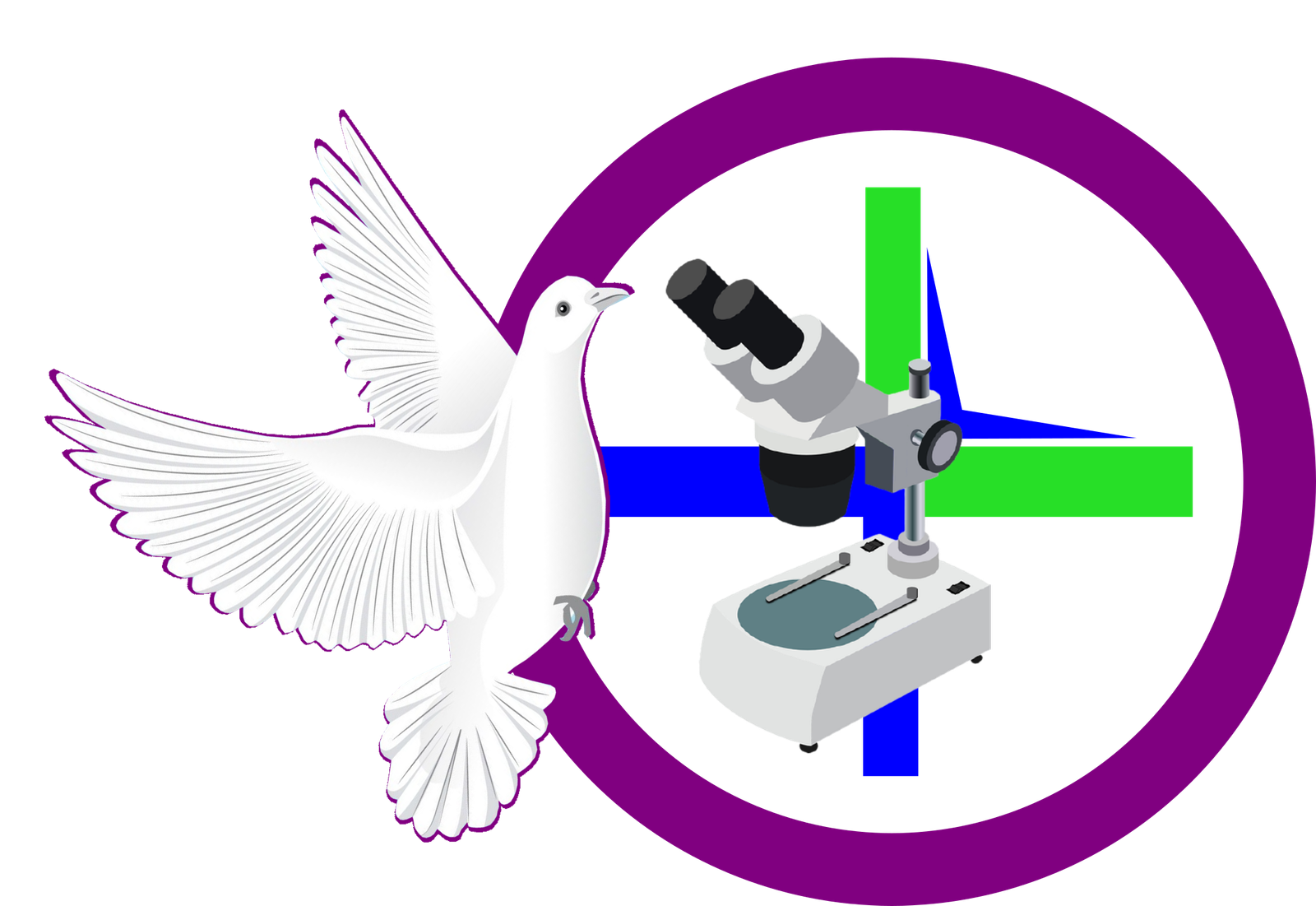Patient monitoring equipment refers to a wide range of devices that are used to track and record the vital signs and other physiological data of patients. These devices are essential in medical settings, as they provide doctors and nurses with real-time information about the patient’s condition, which can help them make better-informed decisions about the patient’s care.
There are many different types of patient monitoring equipment available, ranging from simple devices such as blood pressure cuffs and thermometers, to more complex systems such as electrocardiogram (ECG) machines and ventilators. In this blog post, we will discuss some of the most common types of patient monitoring equipment and their uses.
- Blood Pressure Monitors: Blood pressure monitors are one of the most commonly used patient monitoring devices. They are used to measure the pressure of blood flowing through the arteries, and they can help detect hypertension or hypotension, which are conditions that can have serious health implications.
- Electrocardiogram (ECG) Machines: ECG machines are used to measure the electrical activity of the heart. They can help detect irregular heartbeats, heart attacks, and other heart-related problems.
- Pulse Oximeters: Pulse oximeters are devices that are used to measure the oxygen saturation level in the blood. They are commonly used in hospitals and other medical settings to monitor the condition of patients who are receiving oxygen therapy or who have respiratory problems.
- Temperature Monitors: Temperature monitors are used to measure the temperature of the patient’s body. They can help detect fever, hypothermia, and other temperature-related conditions.
- Ventilators: Ventilators are used to help patients who are unable to breathe on their own. They deliver oxygen to the patient’s lungs and can help keep them alive in critical situations.
- Cardiac Monitors: Cardiac monitors are used to track the heart rate and rhythm of patients. They can detect irregularities in the heart rate, such as arrhythmias or tachycardia, which can be indicative of serious health problems.
- Fetal Monitors: Fetal monitors are used to track the heart rate and movements of fetuses during pregnancy. They can help detect potential problems with the pregnancy, such as fetal distress or abnormalities.
Overall, patient monitoring equipment plays a critical role in the healthcare industry. These devices provide doctors and nurses with essential information about the patient’s condition, which can help them make informed decisions about the patient’s care. As technology continues to advance, we can expect to see even more advanced patient monitoring equipment in the future, which will further improve the quality of care provided to patients.

